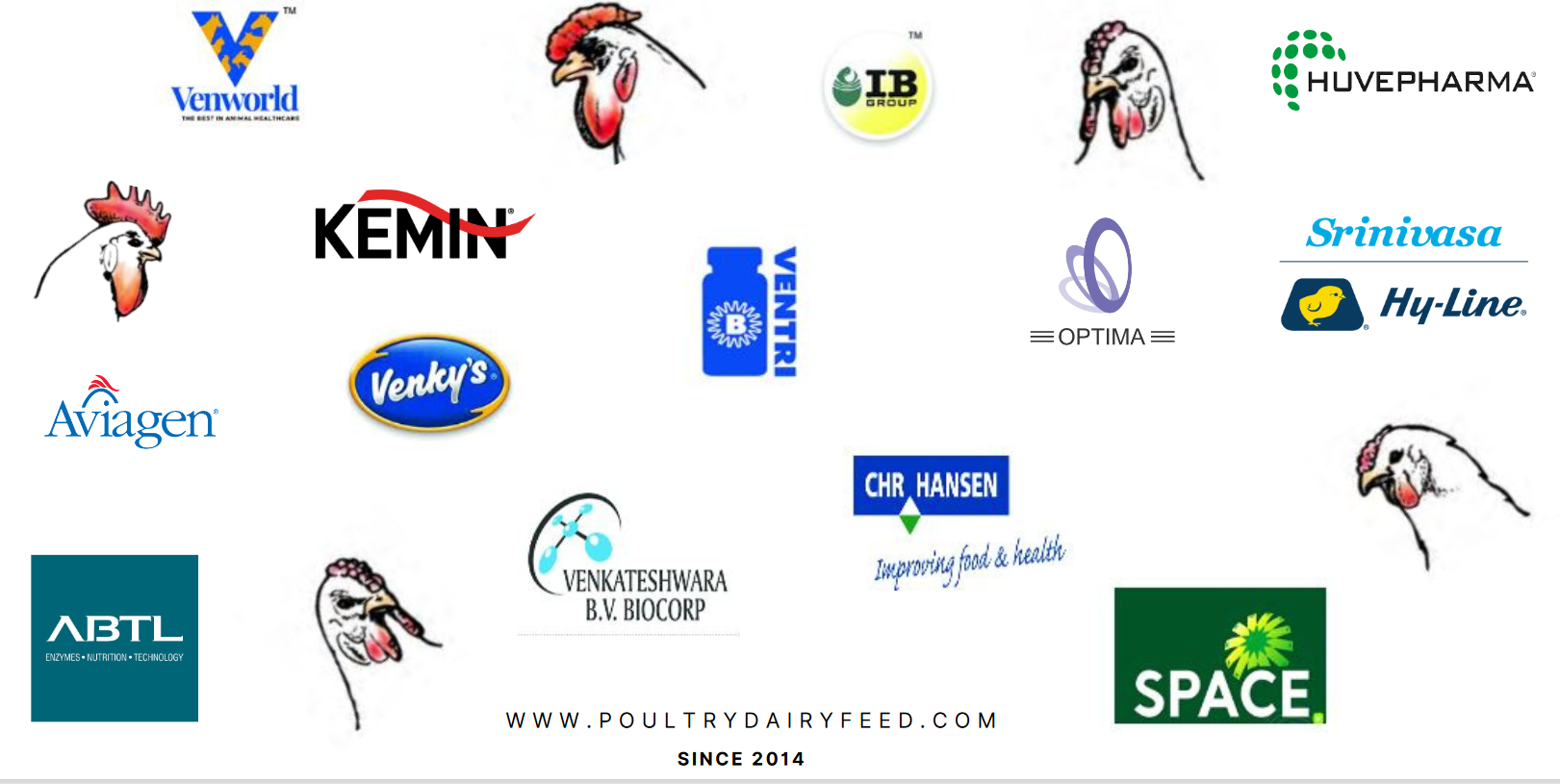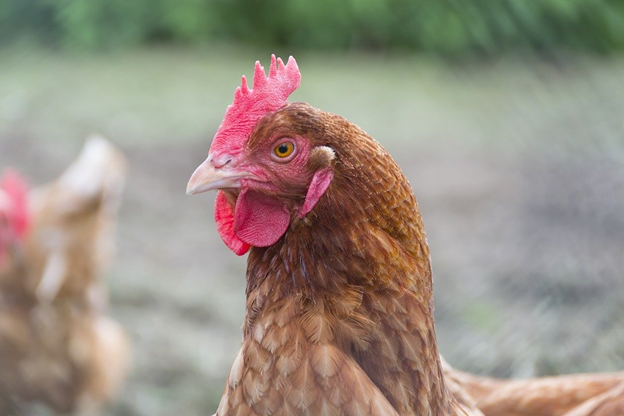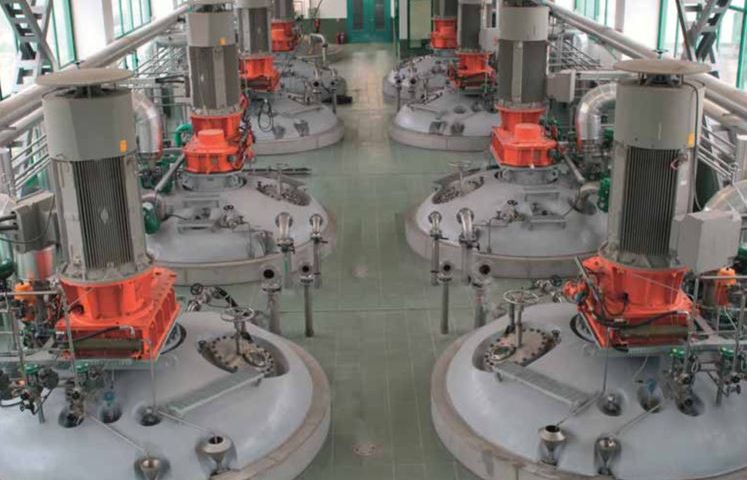Nripendra Pratap Singh1*, Pramod Chaudhary2, Ninad Bhatt1
1Ph.D. Scholar, National Dairy Research Institute, Karnal, Haryana
2 Ph.D. Scholar, Indian Veterinary Research Institute, Izatnagar, Bareilly
Introduction
Poultry is one of the fastest growing segments of the agricultural sector in India today. While the production of agricultural crops has been rising at a rate of 1.5 to 2 percent per annum and that of eggs and broilers has been rising at a rate of 8 to 11 percent per annum. As a result, India is now the world’s third largest egg producer and the sixth largest producer of broilers. Tremendous technical work has gone in to broiler production in the fields of genetics, nutrition, breeder management, hatchery management, housing and disease management. The broiler growing period has gradually come down to less than 40 days from 60 days. More broiler growers and improved efficiencies have changed the shape of the industry. Feed (65%) and chicks (25%) account for 90% of the broiler inputs and the consolidation started in the production. There is a wide gap between the economics of the smaller units purchasing feed & chicks and the ones using their own feed & chicks. Big companies with larger investments came in and the smaller units compromised on growing the broilers for the company, restricting themselves to the 10% of the production cost.
Some of the constraints in poultry meat production in India and methods to improve them are discussed below:-
1. Consumption Habits
An analysis of consumption data originating from report published in BBC news in the year 2018 reveals many interesting facts. First, 23- 27 percent of households are vegetarian in that they do not eat fish, meat or eggs. The remaining households are non-vegetarians. It also states the fact that 75% of people in the northern state are vegetarian. Over time there has been a gradual shift from vegetarianism to non-vegetarianism. The change is more visible in rural areas than in urban areas. For instance, between 1987-88 and 1999-2000, the proportion of households consuming only one of the three items – fish, meat or eggs – increased by only one percent in urban areas, while in rural areas this proportion increased by four percent. A significant policy implication of these consumption habits is that there is lot of scope in raising the demand for poultry products in rural areas. Even today our ruling Hindu nationalist party BJP promotes vegetarianism.
How to improve it: – This constraint cannot be changed because it’s by people will and religious sentiments of people. We cannot change eating habit of people. We can only tell people the nutritional value of poultry meat.
2. Disease outbreaks
We can see by the recent example of COVID-19 which affects humans only even lead to huge loss in poultry industry. Whenever there is a disease outbreak people stop consuming poultry meat because of lack of knowledge. People believe that by eating poultry meat they will get the disease. Poultry sector during any animal disease outbreak goes into huge loss as people have mindset that by eating poultry meat it would affect them also even though it restricted to a species. And in the case if there is any poultry disease outbreak like in past we had avian influenza commonly known as bird flu it leads to huge losses to poultry industry due to two reasons basically first is the place where outbreak took place they have to remove whole flock and kill them and second is people even in the other areas stop consuming poultry meat as they have a thought they may also get affected by the disease that affected the poultry far away form them.
How to improve it:-This can be controlled by creating awareness among people. Like in case of COVID-19 we have seen, during the starting of disease poultry sector just went into depression but with the intervention of government and other organization people were made aware that poultry meat has no relation with COVID-19 and people started consuming it. People should be made more aware by the help of media and proper advertisement.
3. Infrastructure of Poultry Industry
A major constraint affecting the growth of the poultry industry in India is the lack of basic infrastructure such as storage and transportation, including cold chain. As a result, there are wild price fluctuations in the prices of poultry products, i.e., eggs and broilers. The structure of India’s poultry industry varies from region to region. Lack of veterinary services is also a problem. While independent and relatively small-scale producers account for the bulk of production, integrated large-scale producers do account for a growing share of output in some regions. Integrators include large regional firms that incorporate all aspects of production, including the raising of grandparent and parent flocks, rearing DOCs, contracting production, compounding feed, providing veterinary services, and wholesaling.
How to improve it: – We have to create a good infrastructure for better meat production. Proper veterinary facilities should be provided. Government should help in modernizing the farms in India to increase the production. Further good cold storage facilities should be made as chicken meat is perishable commodity. Good transportation is required for both quality and welfare of poultry.
4. Regional and Seasonal variation in Poultry production
Another important aspect of poultry development in India is the significant variation in the industry across regions. Poultry production in India is mostly region specific as most of the production in India is based in southern part of India. Which leads higher prices in other regions due to a added transportation cost. The cost increases when it reaches from producer to consumer due to this. Other problem in India is that demand of chicken depends on the seasons also. But it falls during some of the religious Hindu festive seasons and increase sometimes in winter months or some other festivals. Even though India is the world’s third largest egg producer and the sixth largest producer of broilers, its per capita consumption of these products is poor – 79 eggs and 3 kg. of poultry meat per capita per annum. Here, again, there is considerable variation in per capita consumption between rural and urban areas and also across the region.
How to improve it: – This can be improved by growing up more chicken in northern part of India. And to tackle seasonal demand the poultry owners should keep a check on the demand in market to reduce the losses.
- Economic constraints
High cost is also a problem for people to consume poultry meat. Because in India most of the people are in lower and middle class, which makes it difficult for them to buy the chicken meat. For them it is an occasional food. Presence of so many market intermediaries harms both the producer and the consumer. Further no price control is there for poultry meat in market.
How to improve it: – Locally if chicken could be produced and sold it would reduce the price. Further government should make an organization which would fix poultry meat prices like there is a NECC for egg price.
- High Feed cost
The presence of so many market intermediaries harms both the producer and the consumer. Price and availability of feed resources is fluctuating in India. Maize or corn plays a major role in broiler production, as it constitutes 50 to 55 percent of broiler feed. As the broiler industry is growing at the rate of 15 percent per annum, the demand for maize is thus likely to increase. Presently India grows only 11 million tonnes of maize and only 5 million tonnes are available for poultry, which is not sufficient if the current growth rate of the industry is to be maintained. But with the increase in population of poultry in India feed shortage will be a great problem in coming future. In India, because of only a marginal increase in maize production coupled with poor production per hectare, has widened the supply and demand gap which has put lot of pressure on maize price during most of the year. Because of this, it has become quite essential to identify and evaluate less expensive, readily and locally available energy sources for poultry feeding in the place of maize.
How to improve it: – Alternative feed sources are the need of hour. Feed sources like rice, rice bran, wheat, wheat bran, fats and oil, bajra, barley, cassava plant, sorghum, molasses and salseed meal can be used as alternate feed for the poultry. And also the large feed mills adopting feed production technology is making safe and efficient feeds at the best prices possible.
- Antibiotic Residue
There has been overuse of antibiotics’ in poultry sector. Antibiotics are being used to prevent diseases in poultry but sometimes it is being used to increase the weight of poultry. There have been various reports and finding regarding presence of antibiotics in poultry meat. Question are being raised many times regarding antibiotic residues in poultry meat. The overuse of antibiotics has made people to not opt for the poultry meat as antimicrobial resistance has become one of biggest issue of this decade. With people gaining knowledge about antimicrobial resistance they try to avoid poultry meat.
How to improve it: – this can be easily tackled by judicious use of antibiotics. Use antibiotics should only be made depending on the need, not just for growth purpose. Antibiotics use should be strictly prohibited for the use of growth of chicken. Following a proper protocol of flushing of antibiotics should be done before the poultry meat is sold in the market.
Conclusion
The poultry production in India continues to exhibit spectacular growth in spite of several challenges encountered over the years. With increasing demand for chicken egg and meat, the poultry production in India foresees further expansion and industrialization. Adoption of small scale poultry farming in backyards of rural households will enhance the nutritional and economic status of the rural people. With the advent of knowledge and new discoveries in different fields of poultry, the future challenges will not be a hindrance and thus sees a bright future for poultry production in this country.





